A Flourishing Theatre
Satire and Political Critique at the National Arts Festival in Grahamstown, South Africa
This week on HowlRound, we cast our gaze across oceans towards the world of South African theatre. A nation characterized by its Apartheid legacy and struggle for liberation, we hear the story of a nation reborn and the art at its center through the voices of some of its most dynamic artists. Find the full series here.
What is the purpose and place of satire in a democracy? And what responsibility do artists have, if any, to critique perceived social ills? In the wake of the January 2015 shooting at the French satirical weekly Charlie Hebdo, these seemingly simple questions about the borders of free speech have been hotly debated on the international stage. Tapping into this global conversation, the curators of this year’s National Arts Festival in Grahamstown, South Africa made an intriguing choice by featuring not an individual artist (as they’ve done since 2012), but a genre: satire.
This was my second year attending the National Arts Festival, a ten-day program held in the Eastern Cape hamlet of Grahamstown that celebrates South African theatre, dance, music, and visual art. To see my thoughts on last year, click here.
South African theatre is in no danger of finding itself out of touch with its political context, or heading down the road of social irrelevance. It is flourishing.
While many of the performances I saw were not satirical in a strict sense, a majority nevertheless exposed both the contradictions and the aspirational possibilities of contemporary South Africa—a twenty-one year old democracy wrestling with the legacies of apartheid and colonialism, and with the current uncertainties of a globalized world. Of particular interest were the ways some artists envisioned the future, tending toward a kind of pessimism borne out of fatigue. Other pieces looked less at the past, and instead attempted to illuminate the incongruities of the present moment. And within both these competing views, artists teased apart the twinned issues of race and gender in novel ways.
Protest: Then and Now
Baxter Theatre Centre’s revival of the important protest play Born in the RSA demonstrated the place of theatre in the anti-apartheid struggle and raised questions about its role today.
The play premiered in 1985 under the direction of renowned theatremaker Barney Simon, who devised the piece with a cast of black and white actors. One of many examples of “workshop theatre” that flourished from the 1960s-1980s, Born in the RSA weaves together monologues, short dialogues, and protest songs to tell the story of Thenjiwe Bona, a labor activist who is jailed, interrogated, and tortured. The play is a snapshot of South Africa at a crossroads under the 1985 state of emergency, and in that climate it was radical to put black and white performers on the same stage.

Despite a few sluggish moments, Baxter Theatre’s revival manages to retain the sense of urgency and risk with which the original was undoubtedly performed. This is due in large part to some formidable performances, chief among them Faniswa Yisa’s steadfast and intense Thenjiwe, the visual and moral anchor of the play.
Watching the show, I began to wonder: Why remount this play now? The revival certainly highlights how far South Africa has come, but in doing so it also asks audiences to remember the struggle that achieved such a remarkable and peaceful transition of power in 1994. In that sense, the overall purpose of this classic protest piece has changed as its relationship to its political and social context has shifted. In 1985 Born in the RSA called its audience to take action. Thirty years later, the call is different, but no less important: do not forget!
Uncertain Futures
In keeping with the focus on political critique, this year’s festival featured a mini-season of works by the doyen of South African satire, Pieter-Dirk Uys. Since the 1970s Uys has been delighting audiences of all ideological stripes with his renowned drag persona Evita Bezuidenhout, an Afrikaner diva who illuminated the absurdities of the ruling National Party. Uys is also a playwright, and his newest work, African Times, premiered at the festival.

A satirical look at a not-so-distant South Africa, Uys’ play presents a bleak view of the future. It tells the story of late cabinet minister M.Z. Nkosi’s daughters. Locked away in Ubuntu, their crumbling family estate, each of the three sisters (the reference to Chekhov is not accidental) mourn the loss of a future that was promised but never came. African Times shines a light on a new black ruling class that has seemingly lost touch. The play also attempts to skewer China’s neo-colonial exploits in South Africa, though I found Uys’ satirical take on that situation less specific and cutting than his barbed puns about the Nkosi sisters and their complacent ilk.
While the well-attended premiere could have benefitted from more rehearsal time and tighter pacing, Uys’ characteristic irreverence and wit were nevertheless still on display through one-liners and puns that variously landed with the audience. Though messy, Uys’ play cannot be easily overlooked, as it taps into a real sense of disappointment in South African public life. African Times, for all its flaws, is the cry of a deeply committed artist in mourning for a country he feels has forgotten where it came from.
African Times, for all its flaws, is the cry of a deeply committed artist in mourning for a country he feels has forgotten where it came from.
The same melancholy was expressed in A Voice I Cannot Silence, Greg Homann and Ralph Lawson’s play about the life and death of literary luminary and anti-apartheid crusader Alan Paton (played by Lawson). Drawn from Paton’s personal papers, the play dramatizes particularly important moments in the famous writer’s life. Paton’s no-nonsense moral stance and capacious ability to apprehend beauty come through clearly in Lawson’s nuanced portrayal of the sometimes-curmudgeonly man. A play made from archival documents runs the risk of turning into a stale museum piece, and yet Homann and Lawson skillfully avoid this pitfall by grounding their play in the vulnerable emotional journey of their subject.
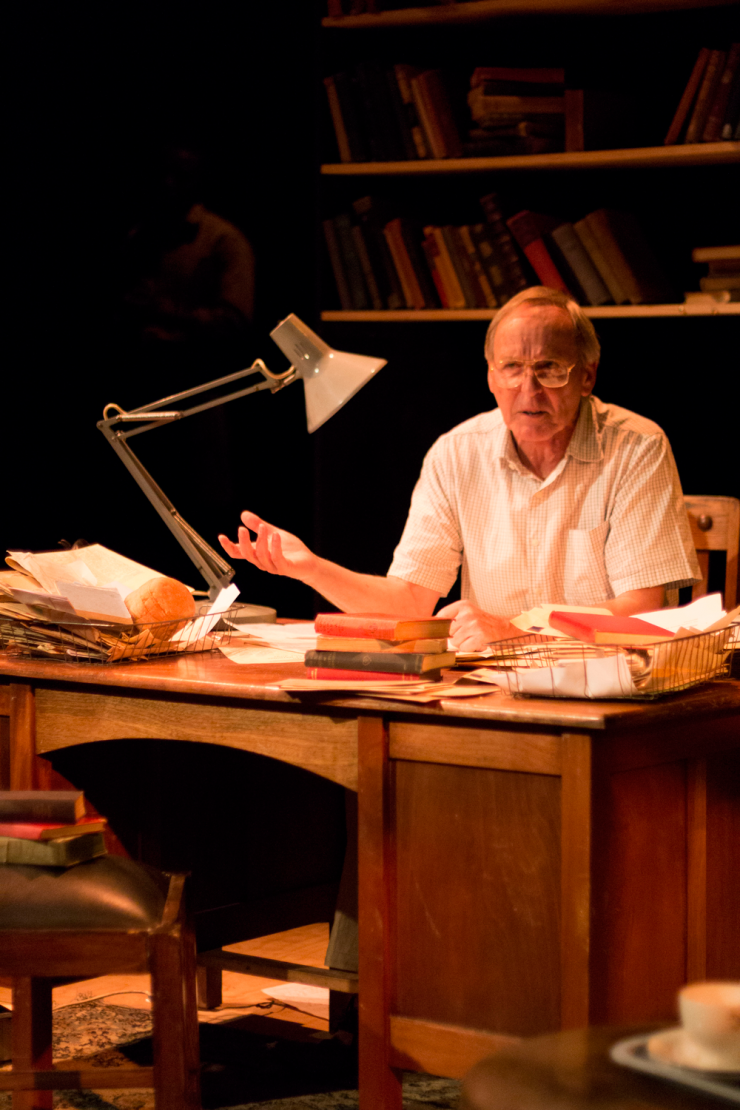
The play, which ends with Paton’s death, ultimately strikes a similar chord as African Times. Referencing Paton’s masterwork Cry the Beloved Country, his secretary and wife, Anne Hopkins, soberly imagines what the late author would have made of a contemporary South Africa fraught with fear and inequality. While not obviously satirical, A Voice I Cannot Silence does subtly suggest that the dream of a truly free and equal South Africa fought for by people like Paton has yet to be fully realized.
Race and Gender
Other performances at the festival turned their satiric and critical focus on race and gender, often in subtle, innovative ways.
Standard Bank Young Artist Award-winner Christiaan Olwagen’s adaptation of A Doll’s House transports Ibsen’s oft-produced story of female self-empowerment to a fresh and biting contemporary context. Living in a sleek, semi-industrial flat, this Nora is a cigarette-smoking, white-wine swilling socialite, while Torvald is her distant husband forever working on his laptop. Jennifer Steyn’s Nora is electric. Trapped in a form-fitting white dress she thrums across the stage trying to delay the inevitable revelation of her poor decisions, the result of a desperate need to escape.
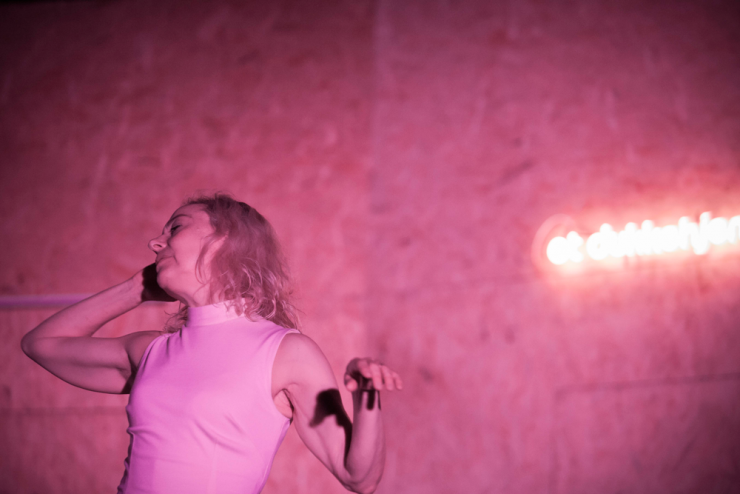
While there is little in the text to suggest a specifically South African setting, I nevertheless sensed a subtle and underlying critique of whiteness and inflexible gender roles at play. Nora, a wealthy white woman surrounded by the high walls of her dollhouse and the controlling moralism of her husband, ultimately realizes that she has lost her voice at the hands of a restrictive and inward-looking society; a society that uses fixed ideas of race, gender, and class to divide.
Since her children are grown and out of the house (a radical alteration of Ibsen’s original), Nora’s choice to leave becomes less a shocking transgression of moral responsibility and more a contemporary gesture of personal discovery. That this adaptation can level such a subtle yet powerful critique while also producing an entirely enjoyable and fresh take on an old classic is a testament to Olwagen’s skill as both a writer and director.
The main character in hip-hop artist and activist Iain ‘EWOK’ Robinson’s performance piece YOBO: You’re Only Born Once, is also on a journey of self discovery, feeling his way through the dizzying maze that is South African whiteness.
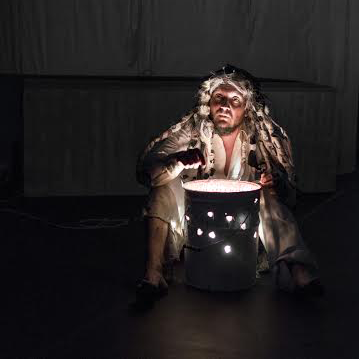
EWOK plays a jumpy homeless person living under an overpass with his all-white baggage (pun intended). Throughout the performance he riffs on a variety of contemporary topics from the recent debate over the removal of a statue of Cecil Rhodes at the University of Cape Town to the tendency of some white people to harbor nostalgia for a past where everything “made sense.” Making sense, however, is not EWOK’s main objective. He’s more interested in shifting sensibilities. A wordsmith par excellence, EWOK uses hip-hop inspired mixing and sampling to create an intricately layered performance where words and their meanings shift and slip to exposes multiple dimensions at the same time.
The piece ends with a plea for white people to come to an awareness of their own racial position: “we have to see,” he says, “we have to see the white.” While he never once tells his audience what to think, EWOK does invite them to shift their perspective.
Similarly, The Last Attitude, choreographed and performed by Mamela Nyamza and Nelisiwe Xaba, seeks to illuminate the hidden workings of race and gender within one of Western culture’s most storied performance forms: ballet. The title is a play on the position in which a dancer stands on one leg while the other is raised and turned out, an image of graceful balance that nevertheless requires a great deal of contortion. Through their piece, Nyama and Xaba explore the perilous psychic and emotional contortions ballet demands. They perform together, alone, and sometimes with a third “dancer”: a headless, one-legged mannequin.
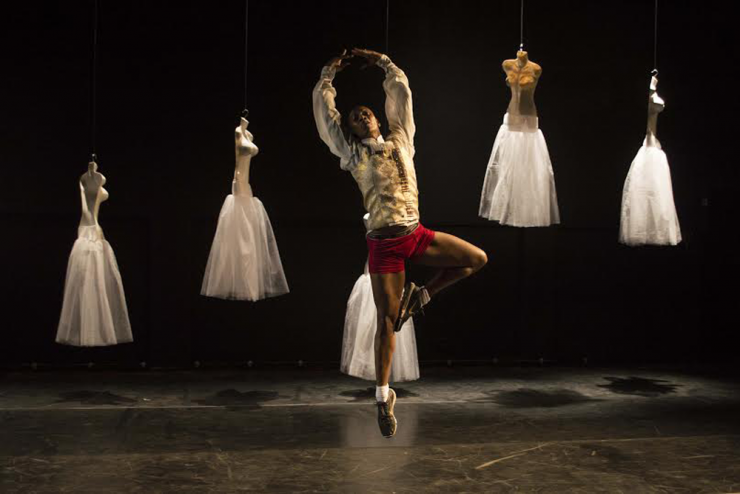
Nyamza and Xaba leap across the stage in parodies of exuberant, dancerly masculinity and at one point bring on a listless corps du ballet in a shopping cart. In a series of complex images the two highlight the commodification of ballet and queer the strict gender divisions exacted by the form.
In one final moment Nyamza presses her herself against the mannequin’s leg after dancing with it. She bangs the leg repeatedly against the floor in a violent gesture that communicates something more sinister about the ways traditional ballet warps the body and mind. In a festival devoted to exploring free expression, The Last Attitude deftly exposes that which continues to be obscured in ballet—otherness, and the physical and psychic turmoil undergone by those bodies that don’t fit the “attitude.”
Continuing Relevance
Writer and critic Kenneth Tynan once rightly observed: “No theatre could sanely flourish until there was an umbilical connection between what was happening on the stage and what was happening in the world.” My time at this year’s National Arts Festival proved Tynan’s axiom true, for regardless of the individual successes or missteps of the work I saw, I left Grahamstown certain of one thing: South African theatre is in no danger of finding itself out of touch with its political context, or heading down the road of social irrelevance. It is flourishing.


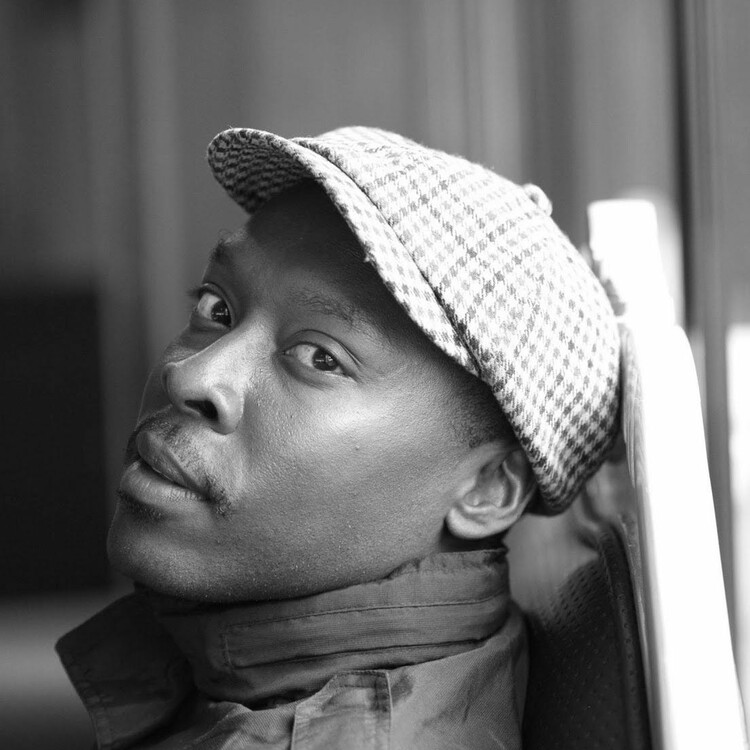
Comments
The article is just the start of the conversation—we want to know what you think about this subject, too! HowlRound is a space for knowledge-sharing, and we welcome spirited, thoughtful, and on-topic dialogue. Find our full comments policy here